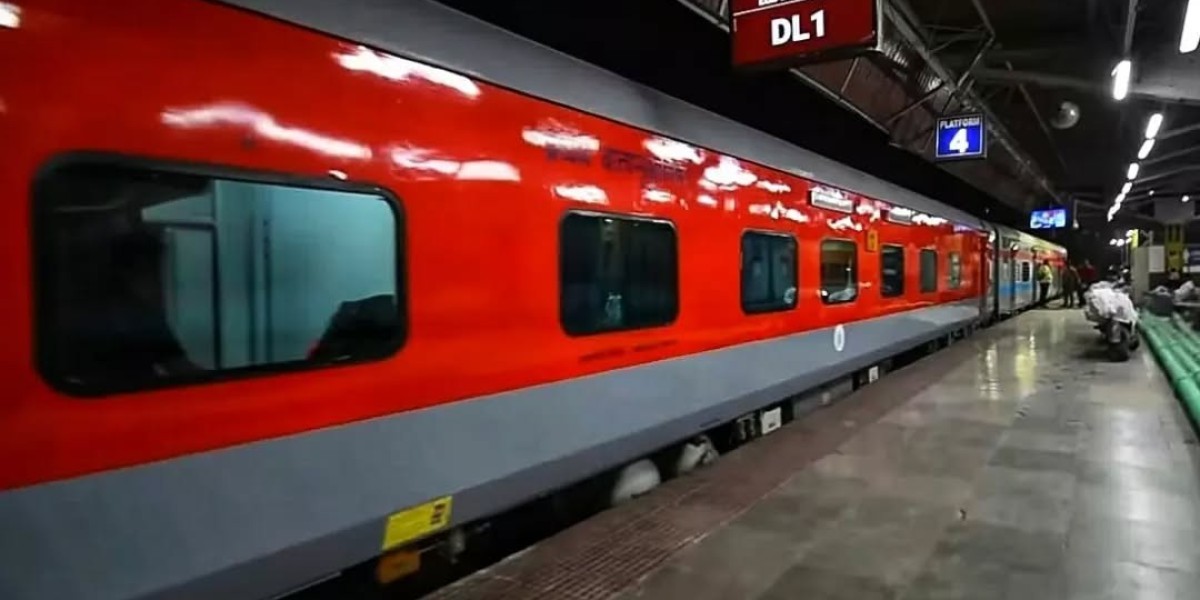When it comes to shifting critically ill patients from Bihar to metro cities like Delhi, Mumbai, or Kolkata, families often face a tough decision: Should they choose a train ambulance or an air ambulance?
While air ambulances are faster, they are not always the most practical choice for families in Bihar. In fact, an increasing number of families are turning to train ambulance service in Patna and other cities across Bihar because of their affordability, availability, and reliability.
In this blog, we’ll explain the top reasons why families in Bihar prefer train ambulances over air ambulances, supported by real-world experience and medical transport insights.
1. Cost-Effectiveness for Middle-Class Families
Air ambulance services in India can cost anywhere between Rs. 5 to Rs. 12 lakhs, depending on distance and medical setup. For most families in Bihar, this is an extremely heavy financial burden.
On the other hand, train ambulance services cost only a fraction of that amount—usually between Rs. 50,000 to Rs. 1.2 lakhs, depending on the distance and patient’s condition. This makes it accessible to middle-class families who want safe transfers without exhausting their savings.
2. Availability of Long-Distance Routes from Patna
Patna is well-connected by Indian Railways to major cities like Delhi, Mumbai, Chennai, Kolkata, Hyderabad, and Bangalore. This nationwide connectivity makes train ambulances a practical choice for patient transfers.
Unlike air ambulances that depend on airport availability and flight permissions, train ambulances can be arranged more easily, even in emergencies.
3. ICU-Level Setup Inside the Train
A major misconception is that train ambulances are less equipped than air ambulances. The truth is, modern train ambulances are designed as ICU on wheels with advanced life-support facilities such as:
- Ventilator and oxygen support
- Cardiac monitor and infusion pumps
- Emergency medicines
- Suction machines and defibrillators
- A team of trained doctors, nurses, and paramedics
This ensures that patients remain stable throughout the journey, even during long-distance transfers.
4. More Comfortable for Patients and Families
Train compartments used for ambulance services are modified to provide extra space, privacy, and comfort for the patient and attendants. Families can accompany the patient during the journey, something that is usually restricted in air ambulances due to limited seating.
For long journeys, this emotional support makes a big difference, especially for critically ill patients.
5. Suitable for Rural and Semi-Urban Patients
A large population in Bihar comes from rural and semi-urban areas, where reaching an airport may not be feasible. In contrast, railway stations are more accessible and available in almost every district.
Train ambulances allow patients from remote areas to get transferred to advanced hospitals in metro cities without the need to travel long distances to airports first.
6. Reliability During Non-Emergency but Critical Transfers
Air ambulances are best suited for critical emergencies when every second is crucial. But not all patients require immediate airlifting. Many patients—such as those with chronic illnesses, post-surgery complications, or long-term treatments—need safe but not necessarily instant transfers.
In such cases, train ambulances offer the perfect balance: medically equipped, reliable, and far more affordable.
7. Peace of Mind for Families
Beyond cost and equipment, train ambulances provide something priceless—peace of mind. Families in Bihar trust this service because:
- They can accompany the patient
- They don’t have to worry about financial stress
- They know the patient is under continuous medical supervision
This trust factor makes train ambulances the first choice for most families in Bihar.
Conclusion
While air ambulances are faster, they are often out of reach for many families due to high costs and limited accessibility. Train ambulance service in Patna and across Bihar provide a life-saving alternative—affordable, well-equipped, and reliable for long-distance patient transfers.
For families seeking both medical safety and financial practicality, train ambulances remain the preferred choice over air ambulances.






